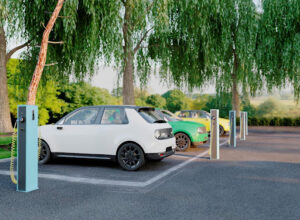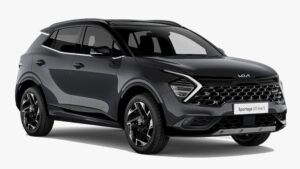Kia and Hyundai, two of the most innovative automotive giants, have been at the forefront of the eco-friendly automotive revolution. As the world shifts towards sustainability, these brands have dedicated themselves to creating vehicles that reduce environmental impact while offering performance, style, and affordability.
One of the key pillars of Kia and Hyundai’s eco-friendly designs is their commitment to electric mobility. Kia’s “EV” line and Hyundai’s “Ioniq” series are setting new standards for electric vehicles, offering long-range capabilities, quick charging times, and cutting-edge features. The Kia EV6, for example, is a sleek, high-performance electric crossover that has garnered attention for its futuristic design and impressive battery efficiency. Similarly, the Hyundai Ioniq 5 boasts a modern design and robust range, establishing Hyundai as a major player in the electric vehicle market.
However, it’s not just about electric powertrains. Both automakers are also investing heavily in hybrid and plug-in hybrid technology, providing consumers with more options to transition toward greener vehicles without fully committing to an EV. For instance, Kia’s Niro Hybrid and Hyundai’s Tucson Hybrid combine the efficiency of a gas engine with the eco-friendliness of electric power, helping reduce fuel consumption and emissions without sacrificing driving experience.
What truly sets Kia and Hyundai apart, though, is their pioneering approach to hydrogen fuel-cell vehicles (FCVs). The Hyundai Nexo, a hydrogen-powered SUV, showcases the brand’s ambition to reduce carbon emissions while offering a zero-emission alternative to traditional gasoline-powered vehicles. This technology, still in its early stages, holds immense promise for the future.
Kia and Hyundai’s dedication to integrating sustainable materials and innovative designs in their vehicle components reflects a comprehensive approach to eco-friendly automotive manufacturing. By investing in advanced platforms, local production facilities, strategic collaborations, and continuous research, these automotive giants are paving the way for a greener, more sustainable future in mobility.



